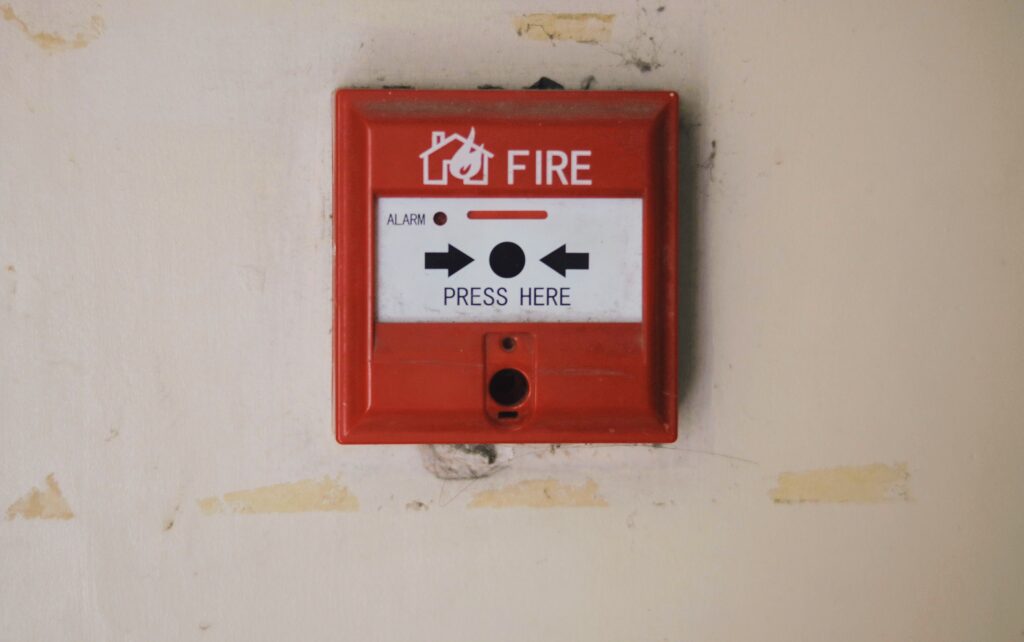Fire represents one of the biggest safety threats in Australian workplaces. Fire safety is essential as it can potentially affect not only the workers but also the nearby public.
Sudden, unexpected fires can result in severe injuries and fatalities. It can cause extensive damage to the property and destroy or push the worksite out of service indefinitely. These are some of the reasons why an effective fire safety plan is a must-have for workplaces.
Fire Statistics
According to reports, Australian fire emergencies deal with an average of 100,000 structural fires in 2013-14. The leading causes are faulty equipment, improper handling and storage of materials, lack of smoke alarms, fire extinguishers, and arson.
The consequences are twofold once the fire starts to break out. It may result in severe, fatal injuries amongst workers and extensive damage to the property.
Fire safety is essential for every workplace across different industries. Each building or work site should adhere to fire codes, perform a thorough risk assessment of hazards, and better understand using fire-stopping equipment. The most vital part of all is to have a comprehensive fire emergency plan in place.
Reduce the risk of fire breaking out in the workplace by providing proper training to workers and doing enough preparation. Ensure that both workers and management will know what to do if one does occur.
Top 5 Fire Hazards in the Workplace
Here are the top five fire hazards in most work sites.
- Waste and combustible materials
A build-up of waste materials (papers, cardboards) can fuel a fire. Combustible materials could have a devastating effect when put together.
- Flammable liquids
Even a small amount of flammable liquids can pose a significant fire risk if not used or stored correctly.
- Dust
Dust can ignite quickly and spread throughout the workplace if heaters and other electrical sockets release a spark. Build-up dust from wood, plastic and other materials can result in faulty equipment and may even go as far as to cause explosions.
- Heat generating objects
Overheating of workplace equipment and machinery can start a fire, especially with combustible materials nearby.
- Human behaviour and error
Lack of training leads to human error, which is one of the biggest causes of workplace fires.
How to Manage Fire Safety Hazards
Businesses must develop effective fire safety plans to help manage all future events. These include:
- Keeping the workplace clean and tidy
The more clutter in the workplace, the higher chance of these clutters catching and fueling the fire. An organized environment also allows swift evacuation in case of emergency, so make sure to keep corridors, stairs, and fire exits as clear as possible.
- Have an accessible fire safety equipment
Having the right equipment can alert and protect workers and visitors. It also potentially extinguishes the fire before it grows out of control.
- Carry out a thorough risk assessment
Risk assessments are a legal requirement in Australian workplaces. Conducting one also protect your business from harm.
- Provide safety training
Employees need training in first aid and fire safety. Workers need to know what to do in a fire and how to help others in an emergency.
First Aid Training
Learn how to prevent workplace fires, escape from a burning room in a matter of minutes, and recover after the incident. As one of the leading providers of first aid training in Australia, our training courses will cover burn management, wound care, asthma management, and other preventative tips.
A Provide first aid course is appropriate for workers who undertake specific roles in the workplace as it covers risk assessment and emergency action plans.
Get in touch to find out more.








